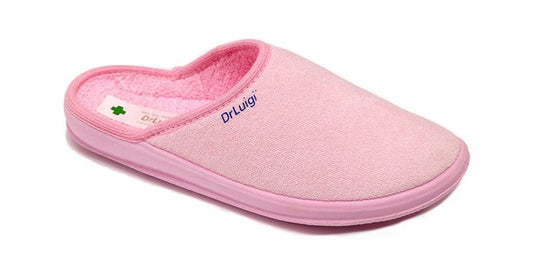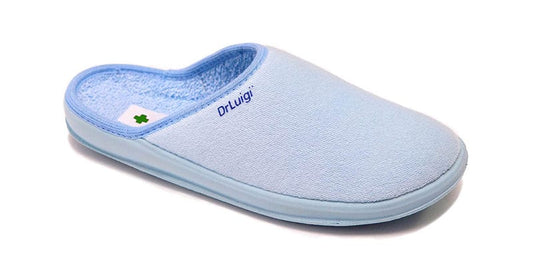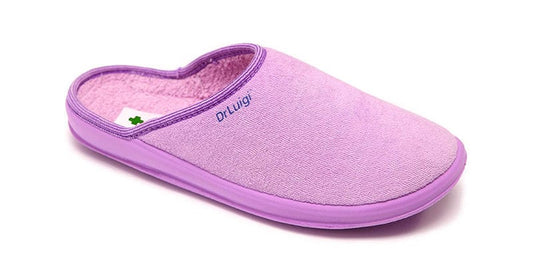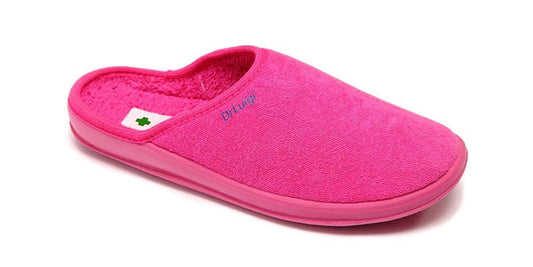HOW TO RELIEVE PAIN THROUGH EXERCISE?
Exercises that stretch the body are very effective in treating heel spurs, especially in patients who also have plantar fasciitis and more tense Achilles tendons. In this stage of treatment, exercise must be done specifically to increase the flexibility of the calf muscles, feet, and Achilles tendon. The proper technique for performing stretches for the plantar fascia, Achilles tendon, posterior calf muscles, and foot muscles should be learned. It should be noted that doing these stretches more than once a day will increase their effectiveness. Here are some exercises you can do at home to help with heel spur symptoms.

MUSCLE STRETCHING
1. Put your hands on the wall in front of you as you stand with your feet spaced a few centimeters apart to help yourself. As high as you can, lift your heels, and then hold them there for a few seconds. Bring your heel down to the floor gradually. Several times a day, perform these exercises again.
2. Your palms should be against the wall. Place the other in front and bend the knee while extending the problematic leg back (as if you were pushing against a wall). Keep your feet firmly planted. Hold your position for 10 seconds. The affected leg’s heel and calf will stretch out for you. Repeat five to ten times.
3. To avoid having your heels touch the ground, stand with both feet on the step’s end. To feel the stretch, gently stoop down even lower with your heels. You can also stand on your tiptoes and move counterclockwise, lifting and lowering your heels alternately. Five to ten times, please.
4. Place your feet flat on the floor in front of you on a small towel that has been placed on a chair. With your toes, grab the towel as firmly as you can and pull it in your direction. Repeat five times while letting your feet go.
5. Cross the painful leg over the healthy one while sitting in a chair. Stretch your foot’s arch by pulling your toes toward your lower leg with one hand. Push the foot’s arch upward with the other hand to loosen the plantar fascia. For ten seconds, maintain the position. Five to ten times, please.
ROLLING AN OBJECT WITH THE FOOT
1. Sit on a higher chair. Relax your feet on the floor and place the ball under the sick leg. Roll the ball with your foot for two minutes in a forward-backward motion. You will feel the relaxation of the foot muscles.
2. Take a small hand weight or fill a small bottle with water and place it on the floor. Stand straight, stretch out your leg and roll with the sole of your foot for a few minutes and change your leg if necessary.
TOWEL WRAPPING EXERCISE
1. Sit on a chair. The knees are bent at a right angle, the feet are flat on the floor. Place a towel under your feet a little further than the tip of your toes. Try to grab the towel with your toes so that as many wrinkles as possible appear. Feel as if you want to collect the towel as much as possible and bring it closer to you. With this exercise you will twist and stretch the foot muscles. Repeat five to ten times.

CONCLUSION
It’s critical to visit the doctor and physiotherapist on time, just like with any other injury. It should be noted that the heel spur is a very common phenomenon, and that a clinical examination and current technologies can be used to diagnose it early on. Inflammations that have not yet entered the chronic phase can be treated more quickly, more effectively, and with better results. The entire foot, lower extremities, and occasionally the torso must be examined in addition to taking into account the risk factors already mentioned in order to treat the symptoms (pain and inflammation), attempt to correct the underlying cause, and prevent the recurrence of the same issue.
The patient mostly completes exercises on his own as part of the treatment, which consists of targeted rehabilitation. It’s crucial to be persistent and patient. The pains that have persisted for several months won’t go away overnight, but they can be successfully treated with the learned rehabilitation that must be practiced consistently and appropriately. Comfortable shoes with soft silicone heel risers are one additional measure. Surgery is only used as a last resort for patients who have failed to respond to other treatments for an extended period of time, usually more than a year.





